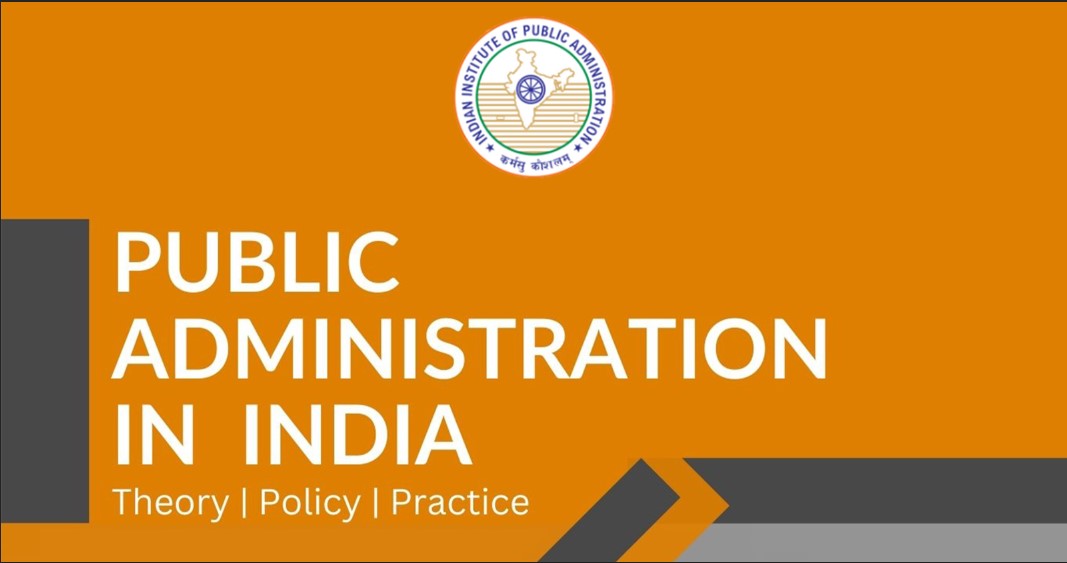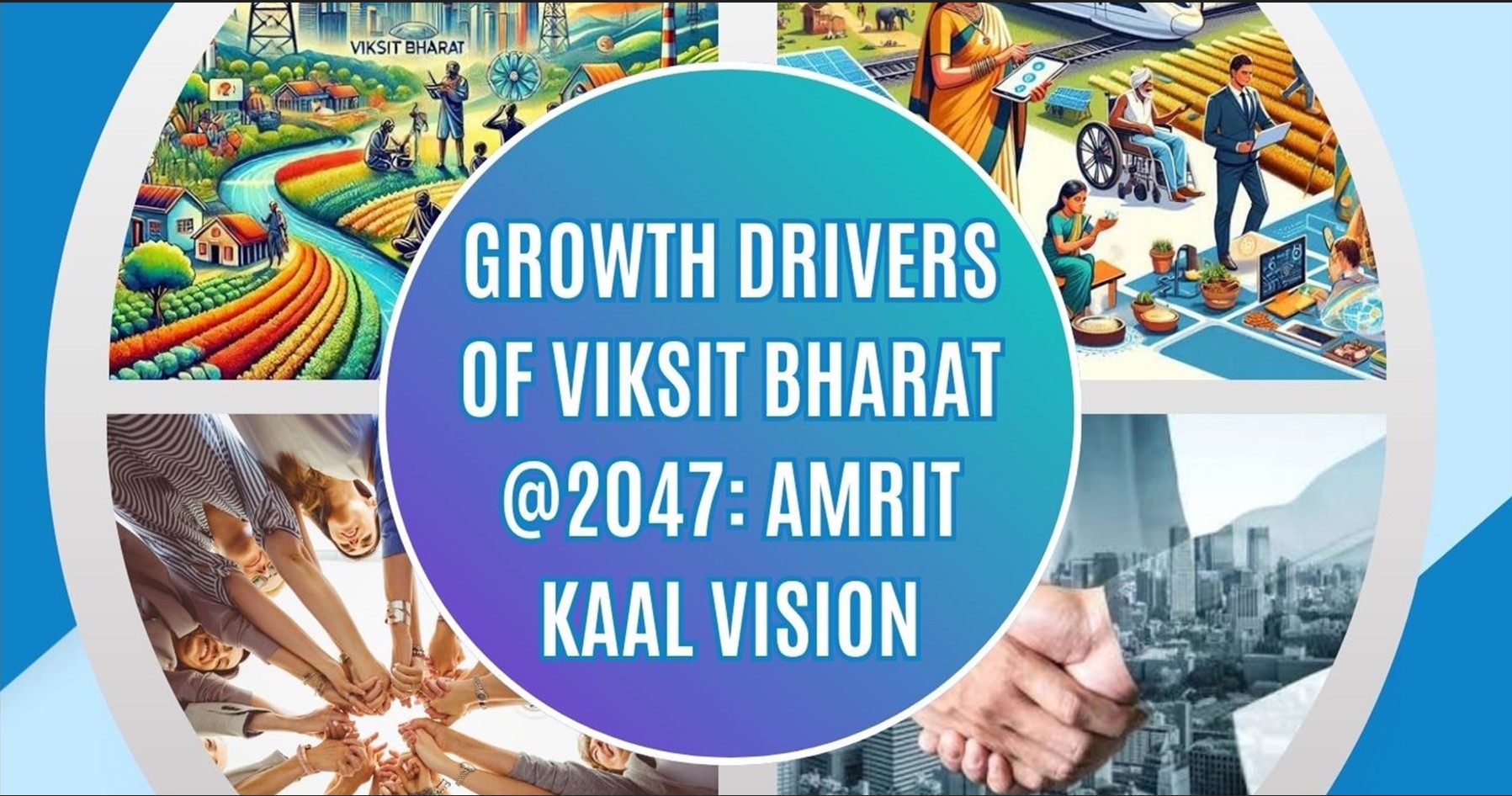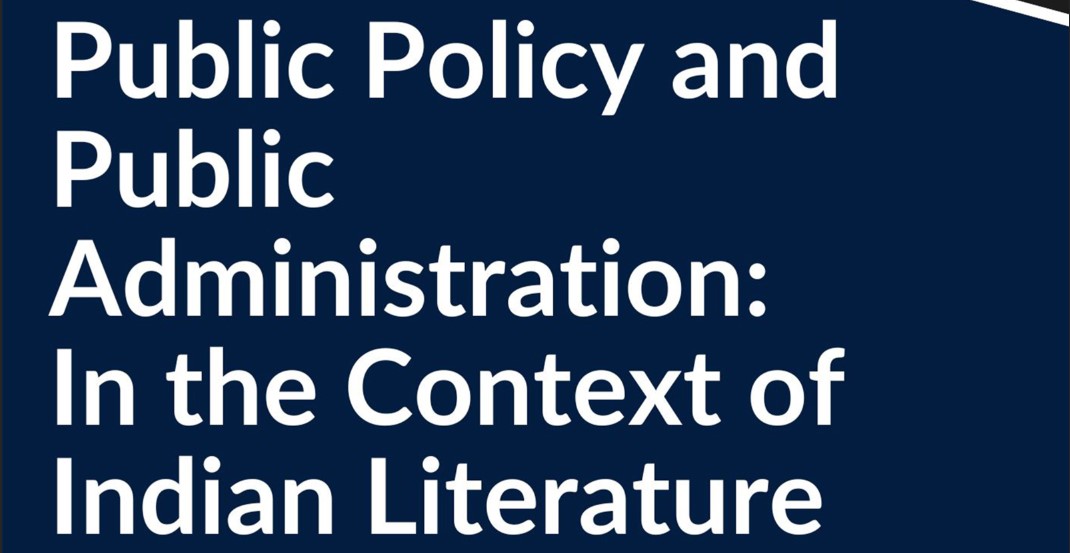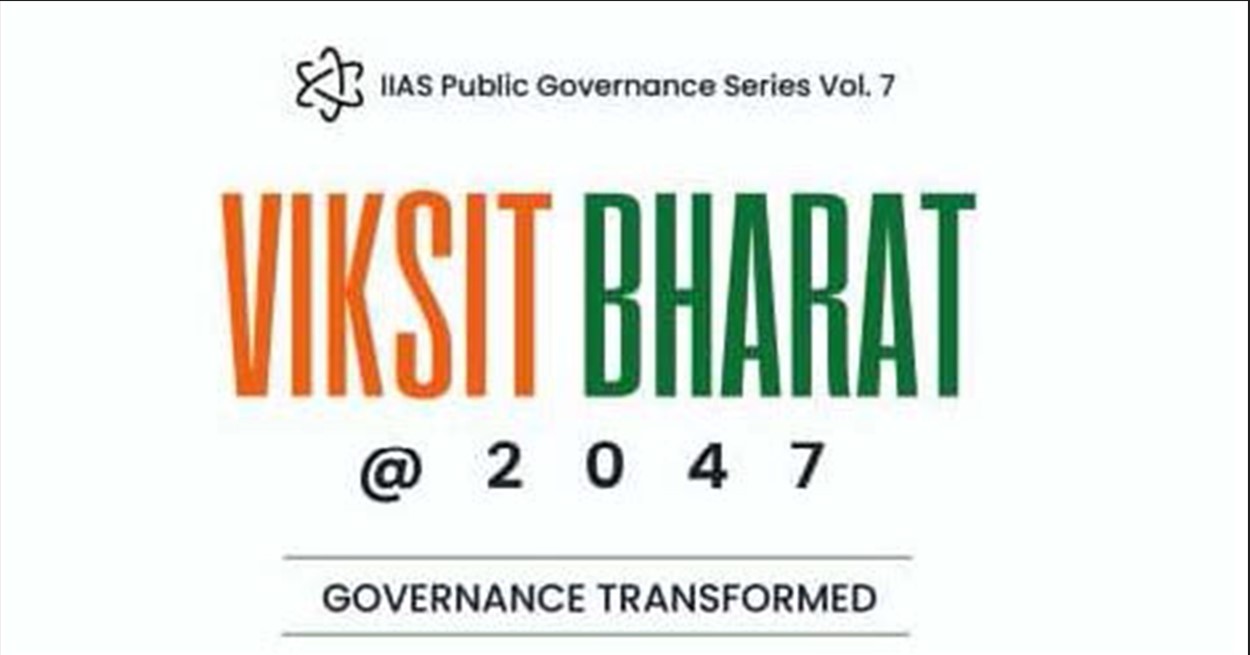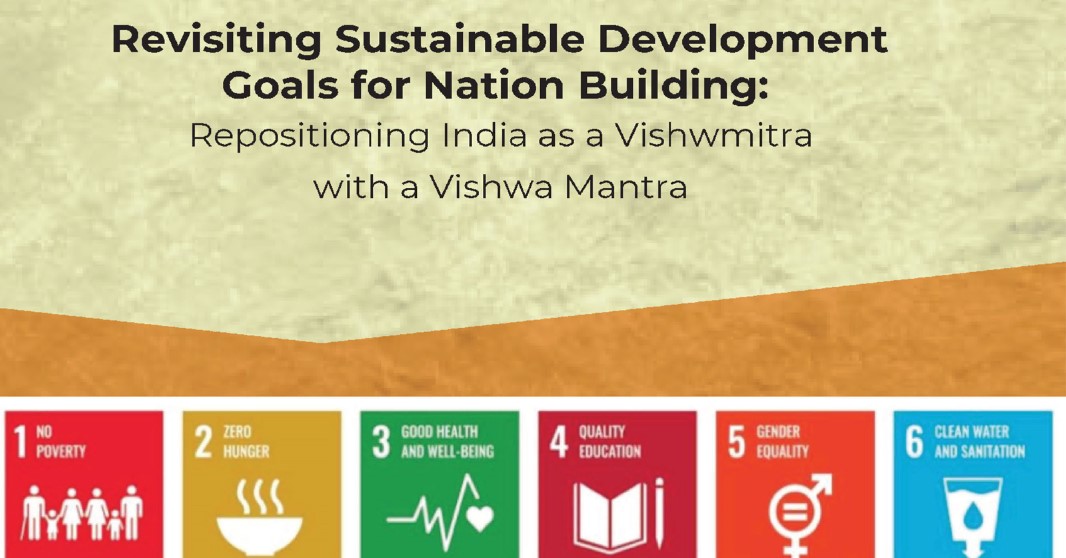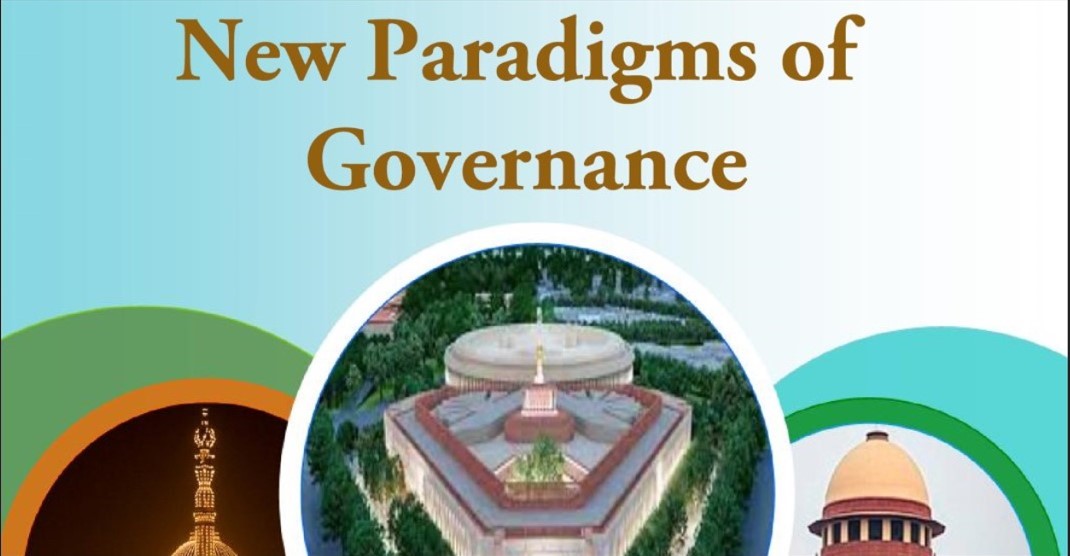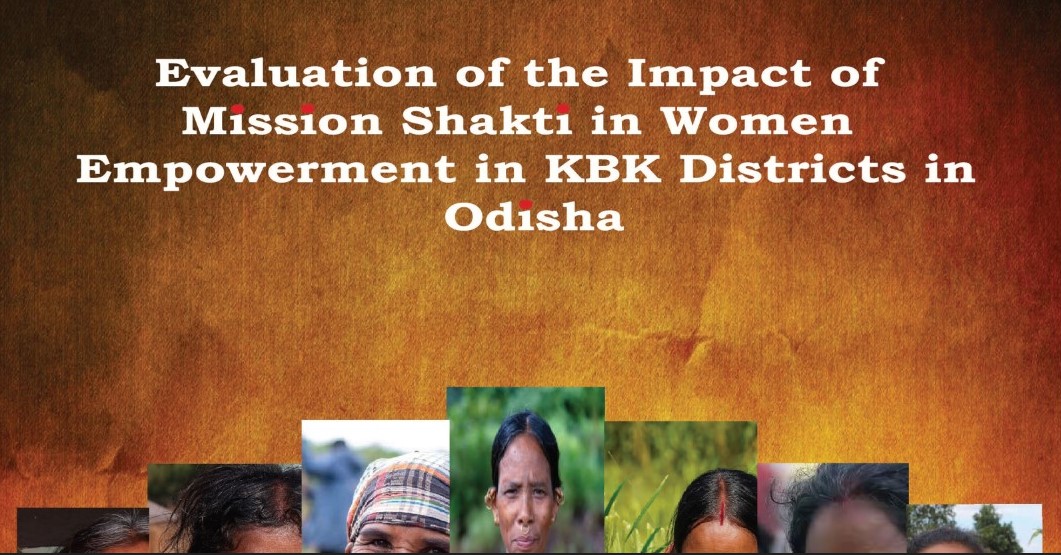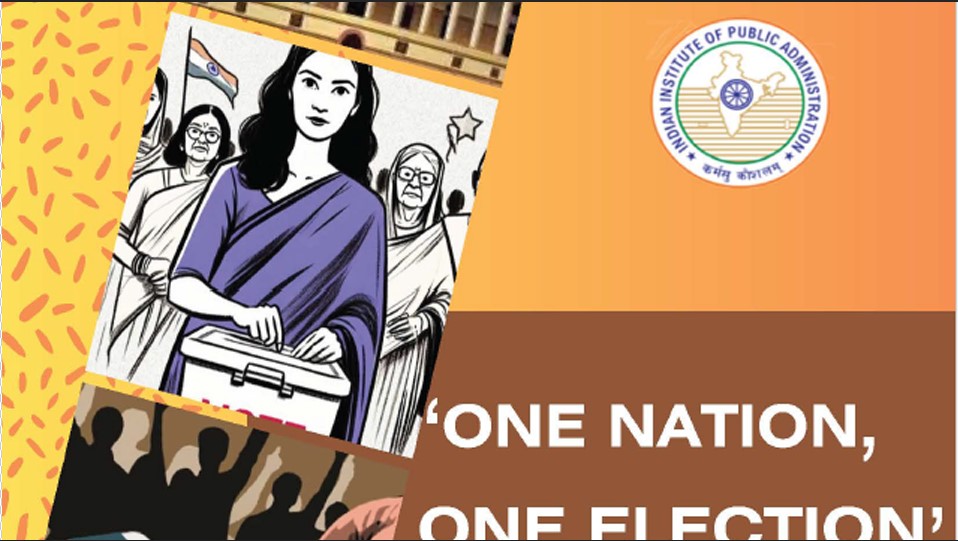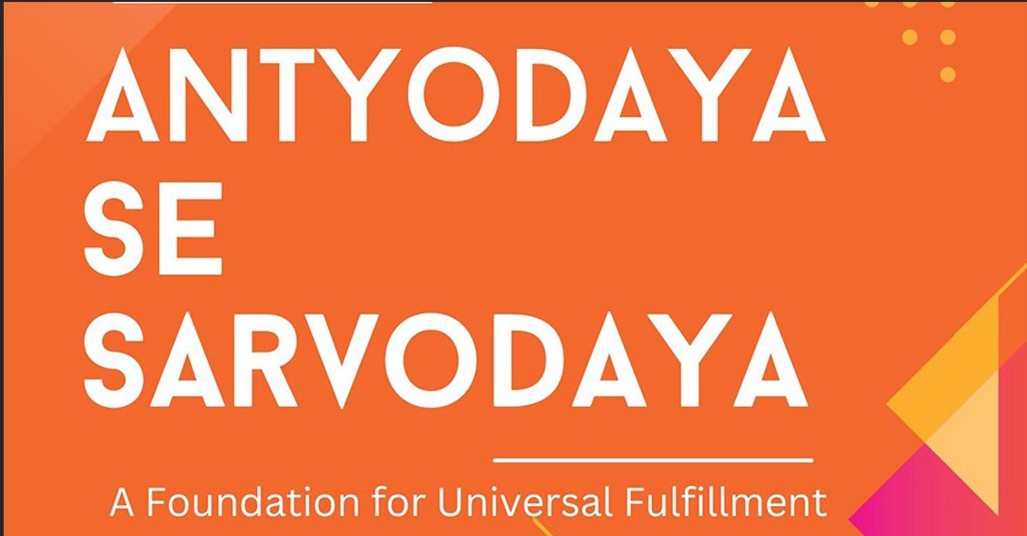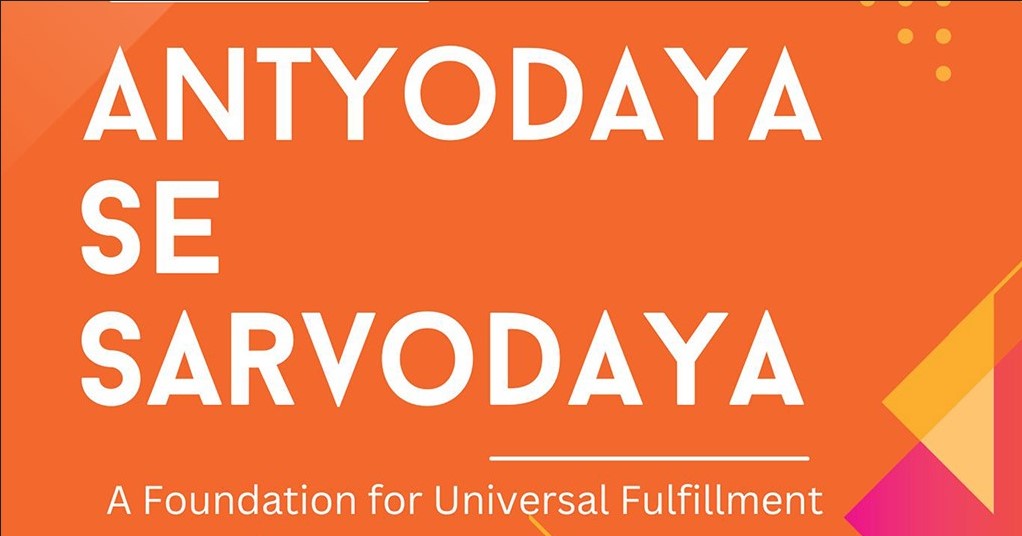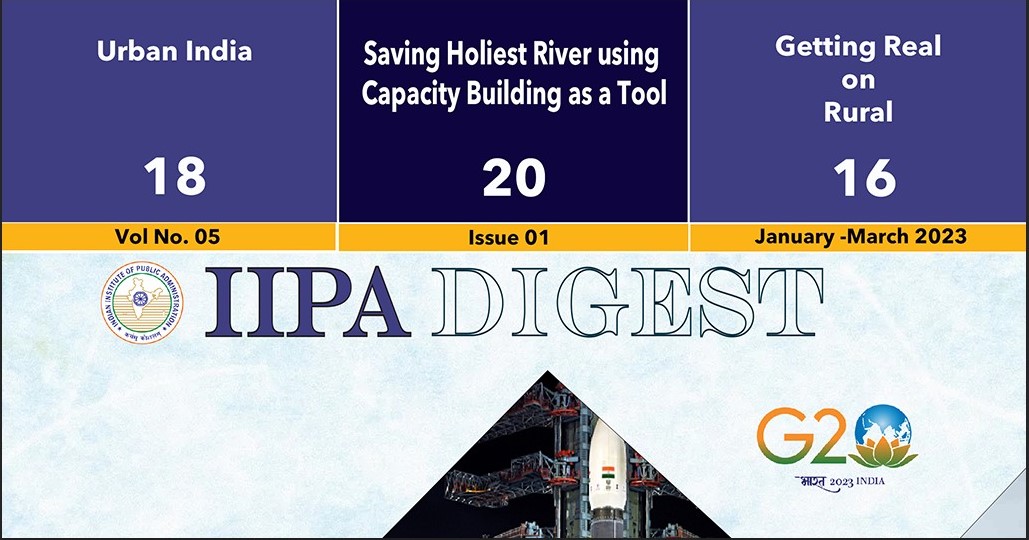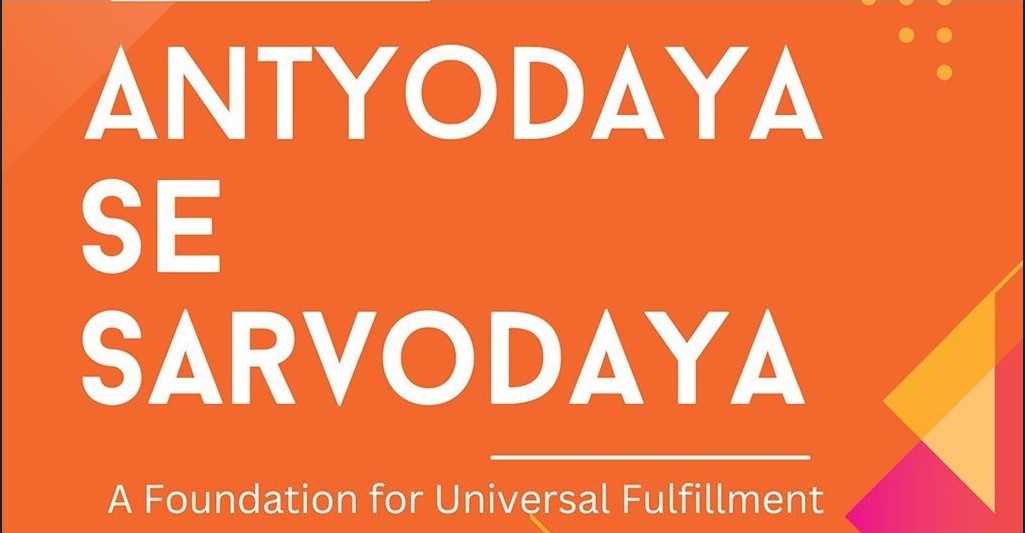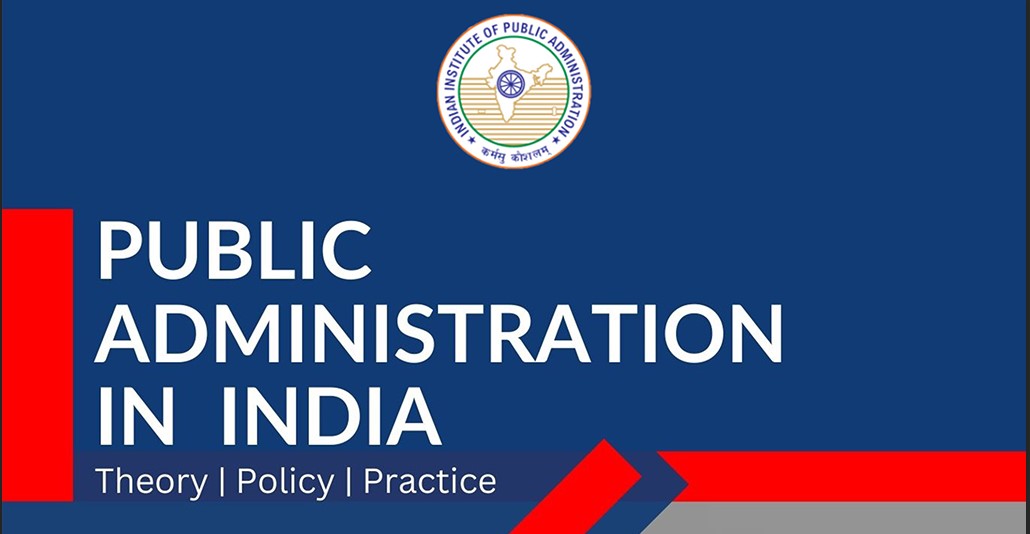Public Policy and Society in Ancient India
Introduction
The ancient Indian society was structured by varna, viz. Brahmins (priests), Kshatriyas (warriors), Vaishyas (merchants), and Shudras (laborers); with jati (sub-castes) adding occupational complexity. Economic life relied on agriculture and trade, supported by guilds (sreni) (Thapar, 2002). Policies, formulated through monarchical councils, local assemblies, and religious input, addressed justice, taxation, and welfare, reflecting societal structures and values (Olivelle, 2013).
Religious diversity was a symbol, with Hinduism, Buddhism, and Jainism coexisting, as seen in across literatures (Sharma, 2005). The Mahabharata explores moral dilemmas, advocating selfless duty (nishkama karma) to maintain social order (Goel, 2003).Moral philosophies like dharma (duty) in Sanskrit, aram (virtue) in Tamil, and ahimsa in Jainism guided social conduct.
Sanskrit literature embeds society in a moral framework of dharma, artha, and kama, balanced to achieve moksha (liberation). The Upanishads emphasize ethical living, with the Chandogya Upanishad , linking actions to societal harmony (Pandey, 2000).
Gender roles were patriarchal, yet women in some texts, like the Rigveda, participated in intellectual pursuits, and Sangam poetry portrayed female poets and heroines. Sanskrit literature thus shows women as poetesses and performers, particularly in non-priestly roles, with caste and status shaping their participation (Thapar, 2002). Draupadi’s narrative represents women’s vulnerability, but her role as a queen managing palace resources suggests royal duties (Goel, 2003).
In Ramarajya, women are depicted supporting agrarian economies through household labor, though not explicitly in fields (Pandey, 2000). Sanskrit texts thus show limited but significant female labor participation, shaped by caste and economic necessity.
This chapter looks at how ancient Indian society and public policy were reflected and impacted by regional literature which brought the laws ideals and aspirations of a culture that is still relevant today to life.
It explores the themes by analyzing regional literatures, drawing on scholarly works to contextualize depictions of society. It examines important texts, study about their influence on social structures, governance and observe how they helped to bring rulers and their subjects closer together while maintaining a friendly and approachable tone.
Sanskrit Literature: Policies and Societal Hierarchies
Sanskrit literature, the heart of ancient Indian intellectual and cultural traditions, provides a rich lens for understanding societal structures and the public policies that governed them. They also outline sophisticated policy frameworks, including judicial systems, economic regulations, and administrative institutions, designed to maintain social harmony and promote welfare (Olivelle, 2013). Public policy in ancient India, as depicted in Sanskrit literature, was primarily monarchical (Goel, 2003). Ancient Indian policy-making was deeply intertwined with societal values, where rulers were expected to uphold dharma as protectors of the people, not mere autocrats (Pandey, 2000). Sanskrit literature reveals policies shaped by societal hierarchies, ensuring stability while promoting ethical governance (Sharma, 2005).
Policy-making was guided by dharma, ensuring alignment with societal ethics. The Upanishads emphasize rulers’ moral accountability, with the Brihadaranyaka Upanishad stating, “Dharma enables the weak to prevail” (Pandey, 2000). The Mahabharata’s narratives of moral dilemmas, like Yudhishthira’s adherence to truth, shaped policies promoting transparency (Goel, 2003). Policies thus reflected societal values of justice, compassion, and order. Policy-making involved advisory councils (mantriparishad), comprising Brahmin scholars and experienced ministers, ensuring ethical and strategic decisions.
The Ramayana shows Rama consulting advisors on governance, emphasizing consensus (Pandey, 2000). These institutions ensured policies reflected societal needs, balancing power with accountability .Policies aimed at social harmony, with punishments like fines or banishment varying by caste to maintain order without excessive cruelty (Sharma, 2005). Justice (Nyaya) was central to policy, rooted in dharma. Judicial institutions included royal courts and local tribunals, with procedures involving plaintiff statements, evidence, and verdicts (Olivelle, 2013).
The Economic policies were focused on sustainability and equity as the Arthashastra prescribes a one-sixth tax on produce, with exemptions for the poor: Guilds regulated trade, ensuring fair prices, while state granaries prevented famine, reflecting societal dependence on agriculture (Thapar, 2002).
Economic life in ancient Indian society, as depicted in Sanskrit texts, centered on agriculture, trade, and craftsmanship. The Rigveda praises fertile lands and cattle wealth, foundational to rural economies (Sharma, 2005). Economic policies balanced wealth creation with equitable distribution, as seen in progressive taxation models in the Arthashastra .Welfare policies included public works like roads and wells. Policies were enforced by bureaucrats and spies, ensuring compliance and preventing corruption (Olivelle, 2013).
In the Mahabharata, the Bhagavad Gita classifies duties by guna (qualities) and varna, promoting social stability through role fulfillment. Society is shown as patriarchal, with women like Draupadi facing disrobing , critiquing gender injustice. Economic aspects include guilds for artisans and merchants, regulating trade and ethics ,
The Ramayana’s Ramarajya idealizes a society without poverty, with policies ensuring food security and infrastructure, reflecting societal aspirations for equity (Pandey, 2000).The Ramayana's Uttara Kanda idealizes Ramarajya as an idealistic society without poverty or crime, where dharma ensures welfare.
Gender roles in Sanskrit literature were predominantly patriarchal, with women subordinate to men in most contexts. However, exceptions exist. The Brihadaranyaka Upanishad features women like Gargi engaging in philosophical debates, indicating intellectual agency among elite women (Pandey, 2000). The Ramayana portrays Sita as an ideal wife, embodying loyalty, but her trial by fire critiques societal expectations of female purity (Thapar, 2002).
The Mahabharata reveals gender biases, as seen in Draupadi’s disrobing highlighting vulnerabilities of women in patriarchal systems (Goel, 2003). Yet, Draupadi’s vocal resistance suggests accomplishment, reflecting societal debates on gender roles (Thapar, 2002). Women in urban settings, as per the Arthashastra, could own property or work as artisans, indicating economic participation within constraints (Olivelle, 2013).
Though the society which was dominated with patriarchal norms, women’s participation in the labor force and agriculture was evident, particularly among lower varnas. The Rigveda depicts an agrarian society where women, especially from non-elite groups, likely contributed to farming alongside men, though explicit references are sparse (Sharma, 2005). Hymns mention women grinding grain and tending cattle, tasks integral to household economies (Pandey, 2000). The Rigveda includes hymns attributed to female seers (rishikas) like Lopamudra and Vishvavara, indicating women’s roles as poetesses in early Vedic society (Sharma, 2005). These women composed devotional poetry, contributing to sacred literature: (Pandey, 2000). The Brihadaranyaka Upanishad features Gargi debating philosophers, showcasing intellectual agency, though not explicitly poetic (Olivelle, 2009).
The Natya Shastra explicitly includes women as dancers and actresses in natya (drama) and nritya (dance), often in royal courts or temples (Ghosh, 1967). Women like courtesans (ganikas) were trained in dance, music, and drama, performing in public festivals, as noted in the Arthashastra ,which regulates their roles and wages (Olivelle, 2013). These performances were culturally significant, blending art with devotion, particularly in temple settings.
Priesthood roles were limited, as Vedic rituals were male-dominated. The Manusmriti restricts women from performing sacrificial rites independently, emphasizing domestic duties (Olivelle, 2009). However, women assisted in rituals as wives (patni), chanting mantras, suggesting a supportive role in religious arts (Pandey, 2000). The Mahabharata mentions women singers in royal courts, indicating artistic contributions, while Draupadi’s narrative reflects societal constraints on women’s public roles (Goel, 2003).
The Manusmriti prescribes domestic duties like cooking and childcare (Olivelle, 2009). However, it acknowledges women’s economic contributions in lower varnas, such as Shudra women working in fields or as servants , Guilds (sreni) included women artisans, such as weavers and basket-makers, indicating economic participation (Thapar, 2002).
Tamil Sangam Literature: Society and Policy
Tamil Sangam literature offers a vivid portrayal of southern Indian society, emphasizing heroism, love, and communal ties with a vivid description of culture of the Chera, Chola, and Pandya kingdoms. These texts, from poetic anthologies to ethical couplets, were the heartbeat of Tamil public policy. Works like Purananuru and Akananuru divide society into tinai (landscapes), each with distinct occupations: farmers in Marutham, fishermen in Neithal, reflecting ecological adaptation. Social structure was less rigid than northern varna, with emphasis on valor and generosity. This flexibility shaped policies, with local assemblies (avai, manram) formulating rules for irrigation and trade, as seen in Purananuru (Zvelebil, 1973). The Tirukkural links societal virtue (aram) to governance (Diaz, 2001). Policies reflected communal values, redistributing wealth (Subramanian, 1989).
Sangam texts depict kings (ventan) advised by councils (Aimperunkulu, Enperayam) and local assemblies (avai, manram), akin to modern panchayats (Narayanan, 2016). Purananuru praises kings consulting poets and elders for policies on trade and welfare, (Zvelebil, 1973). These assemblies, as seen in inscriptions like Uttaramallur, formulated policies on irrigation and temples through debates (Narayanan, 2016).
Policies prioritized fair taxation and public works, with kings redistributing wealth. This reflects a decentralized approach, responsive to community needs (Subramanian, 1989).
Economic policies leveraged maritime trade, with ports like Puhar taxing exports, as in Pattinappalai. Agricultural policies, managed by village committees, responded to societal reliance on farming (Narayanan, 2016). Judicial policies ensured impartiality, with Tirukkural advocating, “Justice is the same for friend and foe” (Diaz, 2001).
Welfare policies, such as temple endowments, reflected societal emphasis on cultural pride and equity, contrasting Sanskrit’s strategic focus (Subramanian, 1989).
Women in Sangam poetry are depicted as farmers, fishers, and traders, reflecting economic vitality. Purananuru describes women planting rice and tending fields in Marutham (Zvelebil, 1973). Akananuru highlights women selling fish and salt in coastal markets, indicating commercial roles (Narayanan, 2016). Female poets like Avvaiyar contributed to literary and social discourse, suggesting intellectual and economic society (Rajeshwari, 2023).
Thiruvalluvar’s Tirukkural emphasizes ethical labor, applicable to both genders: “Wealth earned through toil is true wealth” (Diaz, 2001). It advocates for women’s contributions to family and community economies, including agriculture (Subramanian, 1989). Women’s roles in temple economies, as seen in later Tevaram hymns, involved managing offerings and resources, linking spiritual and economic spheres (Zvelebil, 1973).).Approximately 10% of Sangam poets were women, contributing to both akam (inner, love-themed) and puram (outer, heroic) genres, indicating intellectual and artistic agency (Rajeshwari, 2023).
Unlike Sanskrit texts, Tamil literature rarely mentions women as priestesses, as religious roles were less formalized, but women managed temple offerings, blending economic and artistic contributions (Narayanan, 2016).
Buddhist Literature: Compassionate Policies and Societal Norms
Buddhist policies responded to societal demands for equity, with monasteries as welfare hubs reinforcing ethical norms (Eliot, 1921). Women from all varnas joined the sangha (monastic community), engaging in activities like alms collection and teaching, which constituted labor within the Buddhist economy (French & Nathan, 2004).This interplay ensured policies mirrored societal compassion, challenging hierarchical norms (Thapar, 2002).
Buddhist society rejected caste rigidity, as seen in the Dhammapada, states that Not by birth is one a Brahmin, but by deed (Gombrich, 2006). Policies were shaped by dhamma (righteousness), with the Vinaya Pitaka outlining consensus-based governance in the sangha, influencing societal models (French & Nathan, 2004). The Aggaññasutta suggests elected kings, impacting republican policies in Magadha (De, 1954).
The Vinaya Pitaka documents nuns (bhikkhunis) managing monastic resources, such as food distribution and textile production, reflecting economic roles (Warder, 2000). The Therigatha, a collection of nuns’ verses, highlights women’s contributions to community welfare, including agricultural support during famines (French & Nathan, 2004). Buddhist society offered women economic roles, particularly in lower strata, challenging Brahmanical restrictions (Eliot, 1921).
A collection of verses by nuns, showcases women as poetesses, with figures like Ambapali composing enlightened verses (French & Nathan, 2004). These nuns, often former courtesans or dancers, transitioned their artistic skills into spiritual expression, chanting and teaching (Warder, 2000). The women, performed in public gatherings, sang devotional songs, as seen in Jataka Tales (Gombrich, 2006).
Buddhist literature thus portrays women as spiritual poetesses and performers, with the sangha offering a space for artistic expression, challenging patriarchal norms (Eliot, 1921).
Jain Literature: Non-Violence and Social Structure in Ancient India
Jain literature provides a comprehensive view of ancient Indian society, portraying it as a complex web of relationships governed by ethical principles. The Jains, predominantly from merchant communities, influenced depictions of trade and economy, portraying them as means to sustain dharma (righteousness) without harming living beings. Justice in Jain texts is framed within karmic principles, advocating fair resolution to maintain social harmony. Economic policies, inferred from discussions on wealth distribution, taxation, and resource management, reflect a balance between accumulation and renunciation.
The social structure, as found in texts like the Acharanga Sutra and Kalpa Sutra, emphasizes the fourfold division of society—similar to the varna system; but with a Jain aspects, viz. prioritizing spiritual merit over ritualistic hierarchy (Jaini, 1979). The Shramanas (ascetics) and Shravakas (lay followers) form the core of Jain community organization, reflecting a society where renunciation coexisted with worldly engagement.
In the Uttaradhyayana Sutra, society is described as comprising kings, merchants, artisans, and farmers, each with duties aligned to ahimsa. For example, the text cautions against occupations involving violence, such as hunting or warfare, promoting agriculture and trade as preferable for lay Jains. As emphasized in the Acharanga Sutra: “Protect all beings, great and small” (Jaini, 1979). Policies under rulers like Chandragupta Maurya promoted vegetarianism and animal welfare, reflecting societal ethics (Jain, 1964). The Nitivakyamrta advises, “Punish the wicked, protect the good,” guiding judicial policies (Menski, 2006).
This mirrors broader ancient Indian society, where the Vaishya class dominated commerce, but Jain literature elevates merchants as patrons of religion, funding temples and monasteries (Sangave, 1981).
In ancient India, society was stratified yet interconnected, with Jain literature highlighting the roles of various varnas (classes) and jatis (castes), often critiquing excesses while promoting ethical living (Jaini, 1979). Economic policies, managed by merchant guilds (sreni), aligned with societal non-violence, regulating ethical trade (Flügel, 2007). Welfare policies supported monastic communities, reflecting societal reverence for spirituality (Dundas, 2002).
The Kalpa Sutra describes nuns like Devananda reciting sacred texts, contributing to Jain literature (Dundas, 2002). The Jain women, often from merchant families, supported cultural performances, as seen in Bhagavati Sutra references to women organizing devotional events (Menski, 2006).
Dance and drama were limited due to ahimsa, avoiding ostentatious displays, but women participated in ritual recitations, blending art and spirituality (Jain, 1964). Jain literature highlights women’s contributions within ethical constraints, reflecting a society valuing spiritual over performative roles (Dundas, 2002).
Jain monasteries served as learning centers, teaching ethics, mathematics, and astronomy. The Prashnavyakarana Sutra discusses debate and logic, fostering a society valuing intellectual discourse (Schubring, 1965). Caste interactions are portrayed as fluid; Jains intermarried across groups if aligned with dharma, promoting social cohesion.
Urban-rural divides are evident. Texts like the Vyavahara Sutra describe bustling cities with markets and guilds, while villages focused on agriculture. Social welfare, through dana (charity), is a recurring theme, with wealthy Jains urged to support the needy, reflecting proto-welfare policies (Dundas, 2001). Slavery and labor are critiqued; the Acharanga condemns exploitation, advocating fair treatment of workers (Jaini, 1979).
Festivals and rituals reinforced social bonds. Paryushana, as in the Kalpa Sutra, involved community gatherings for atonement, strengthening collective identity. Jain literature also addresses untouchability and discrimination, promoting equality based on soul's purity (Sangave, 1981).
The Uttarapurana mentions overland paths connecting Magadha to the northwest, and maritime trade to Persia and Rome (Chakravarti, 1991). Commodities included cotton, ivory, pearls, and horses, with imports of metals. The Jains' renunciation-to-riches narrative highlights how merchants amassed wealth ethically, funding religious institutions (Sangave, 1981).
Economic ethics in trade emphasized honesty and non-exploitation. The Dasavaikalika Sutra warns against deceitful practices like adulteration, promoting aparigraha to limit greed (Jaini, 2005). Jain merchants pioneered banking and moneylending, with texts referencing hundis (bills of exchange) and interest rates capped by ethical norms (Thapar, 1966).
The jain text also advised merchants on safe routes and fair dues, reflecting state involvement in trade regulation (Majumdar, 1970). Jain influence extended to medieval times, with communities dominating diamond and pearl trade (Dundas, 2001).
Overall, Jain literature portrays trade as a dharmic pursuit, integrating economic activity with moral imperatives, contributing to ancient India's prosperity.
Jain justice influenced broader Indian law, with principles of equity and non-harm persisting in colonial interpretations (Ray, 1988). Civil justice covered contracts and property. The Nishitha Churni discusses arbitration by guilds, ensuring fair trade disputes (Majumdar, 1970). Women's legal status is explored in the Bhadrabahu Samhita, granting them roles in family law (Jaini, 2005). The Acharanga Sutra condemns capital punishment, advocating penance (prayashchitta) for offenses like theft or violence (Jaini, 1979). Inheritance laws, as per Jain commentaries, allowed limited female rights, evolving from ancient practices (Glasenapp, 1991).
Conclusion
Regional literature reveals that women in ancient India participated in the labor force and agriculture, shaped by caste, region, and ideology. Sanskrit texts show limited roles within patriarchal constraints, Tamil literature highlights active contributions, Buddhist and Jain works emphasize ethical labor, and Bhakti poetry promotes equality. These depictions underscore women’s economic agency, informing modern gender equity discussions (Bose, 2024)
Tamil literature reflects a society where women’s cultural roles were celebrated due to economic openness (Narayanan, 2016). Buddhist and Jain texts offered women spiritual platforms, expanding artistic contributions (Gombrich, 2006; Dundas, 2002). Bhakti literature democratized performance, enabling women to challenge social hierarchies (Mitra, 2023).
Jain literature offers a rich tapestry of ancient Indian society, where trade, justice, and economic policies were intertwined with ethical principles.
References
1. Bose, S. (2024). Literature as a catalyst for social change in India. SSRN. https://doi.org/10.2139/ssrn.4986433
2. Chakravarti, A. (1991). The economic history of India: From ancient times to 1947. Penguin Books India.
3. De, G. (1954). Democracy in early Buddhist Saṃgha. University of Calcutta.
4. Diaz, S. M. (2001). Tirukkural: A new English translation. Tamil Classics Publishing.
5. Dundas, P. (2001). The Jains (2nd ed.). Routledge.
6. Eliot, C. (1921). Hinduism and Buddhism (Vol. 2). Edward Arnold & Co.
7. Flügel, P. (2007). A short history of Jaina law. International Journal of Jaina Studies, 3(4), 1-15.
8. French, R. R., & Nathan, M. A. (2004). Buddhism and law: An introduction. Cambridge University Press.
9. Ghosh, M. (1967). The Natyashastra: A treatise on ancient Indian dramaturgy and histrionics. Manisha Granthalaya.
10. Glasenapp, H. (1991). The doctrine of Karman in Jainism. Motilal Banarsidass Publishers.
11. Goel, A. (2003). Good governance and ancient Sanskrit literature. Deep and Deep Publications.
12. Gombrich, R. F. (2006). Theravada Buddhism: A social history from ancient Benares to modern Colombo. Routledge.
13. Jain, J. P. (1964). The Jaina way of life. Banaras Hindu University Press.
14. Jaini, P. S. (1979). The Jaina path of purification. University of California Press.
15. Jaini, P. S. (2005). Jainism: An introduction. Motilal Banarsidass Publishers.
16. Majumdar, R. C. (1970). The history and culture of the Indian people: Vedic age. Bharatiya Vidya Bhavan.
17. Menski, W. (2006). Jaina law as an unofficial legal system. In P. Flügel (Ed.), Studies in Jaina history and culture. Routledge.
18. Mitra, D. P. (2023). Bhakti Movement in Northern India: The Case of Vaishnavism. Humanities and Social Sciences, 83(II), 101-105.
19. Narayanan, M. G. S. (2016). Perumals of Kerala: Political and social conditions of Kerala under the Cera Perumals. CosmoBooks.
20. Olivelle, P. (2009). The law code of Manu. Oxford University Press.
21. Olivelle, P. (2013). King, governance, and law in ancient India: Kauṭilya’s Arthashastra. Oxford University Press.
22. Pandey, A. C. (2000). Governance in ancient India. D.K. Printworld.
23. Rajeshwari, R. (2023). An analytical study of Tamil cultural heritage with reference to Sangam age. Jurnal Ilmiah Mahasiswa Agribisnis, 1(2), 123-128.
24. Ray, B. (1988). The cultural past: Essays on Indian history. Penguin Books India.
25. Sangave, V. A. (1981). Life and works of Lord Mahavira. Popular Prakashan.
26. Schubring, W. (1965). The doctrine of Jainism. Motilal Banarsidass Publishers.
27. Sharma, R. S. (2005). India’s ancient past. Oxford University Press.
28. Subramanian, N. (1989). Sangam polity: The administration and social life of the Sangam Tamils. Asia Publishing House.
29. Subramanian, V. K. (1989). The Tamil social history: From literature to reality. Macmillan India.
30. Thapar, R. (2002). Asoka and the decline of the Mauryas. Oxford University Press.
31. Thapar, R. (2002). Early India: From the origins to AD 1300. University of California Press.
32. Warder, A. K. (2000). Indian Buddhism. Motilal Banarsidass Publishers.
33. Zvelebil, K. V. (1973). The smile of Murugan: On Tamil literature of South India. Brill.
Bibliography
1. Chitre, D. (1991). Says Tuka: Selected poetry of Tukaram. Penguin Books India.
2. Cort, J. E. (2002). Jains in the world: Religious culture and social change in India. Oxford University Press.
3. Hess, L., & Singh, S. (1983). The Bijak of Kabir. North Point Press
4. Pargi, N. L. (2024). A social study of the Bhakti movement in North India in the fifteenth century. International Journal of Research in Economics and Social Sciences, 14(5), 107–118.
5. Thapar, R. (1966). A history of India: Volume 1. Penguin Books.
6. Vasuniya, R. (2024). A social study of the Bhakti movement in North India in the fifteenth century. Quest Journals Journal of Research in Humanities and Social Science, 12(3), 377-379
Leave a comment
More articles from Governance & Polity
